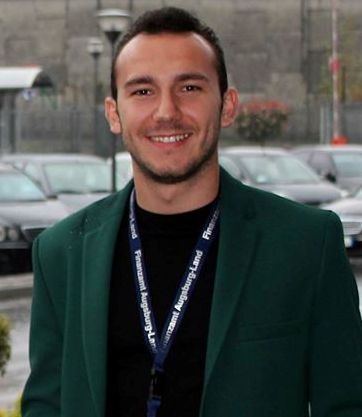
Biography
Biography: Ervin Meqikukiqi
Abstract
It is difficult to assess how athletes can best modify their movements to prevent noncontact ACL injuries. Speaking with an athletic trainer, physical therapist, or sports medicine specialist is a good place to start. Recent research has allowed therapists and clinicians to easily identify and target weak muscle areas (e.g., weak hips, which lead to knock-kneed landing positions) and identify ways to improve strength and thus help prevent injury. In addition, other risk factors such as reduced hamstring strength and increased joint range of motion can be further assessed by a physical therapist or athletic trainer to improve performance-or rehabilitation efforts after an injury has occurred. Current studies also demonstrate that specific types of training, such as jump routines and learning to pivot properly help athletes prevent ACL injuries. These types of exercises and training programs are more beneficial if athletes start when they are young. It may be optimal to integrate prevention programs during early adolescence, prior to when young athletes develop certain habits that increase the risk of an ACL injury. This is a 20 minute program designed to reduce the risk of tears of the Anterior Cruciate Ligament. It should be started at least four and preferably six weeks prior to start of competition. Ideally it is done five times per week preseason and three times per week in season. The coach or trainer must constantly observe athletes during these exercises to correct and maintain proper technique. Once the athletes understand the principles, they can monitor and coach each other. Four phases: Warm-up, Strengthening, Plyometrics, Agility and Balance.
